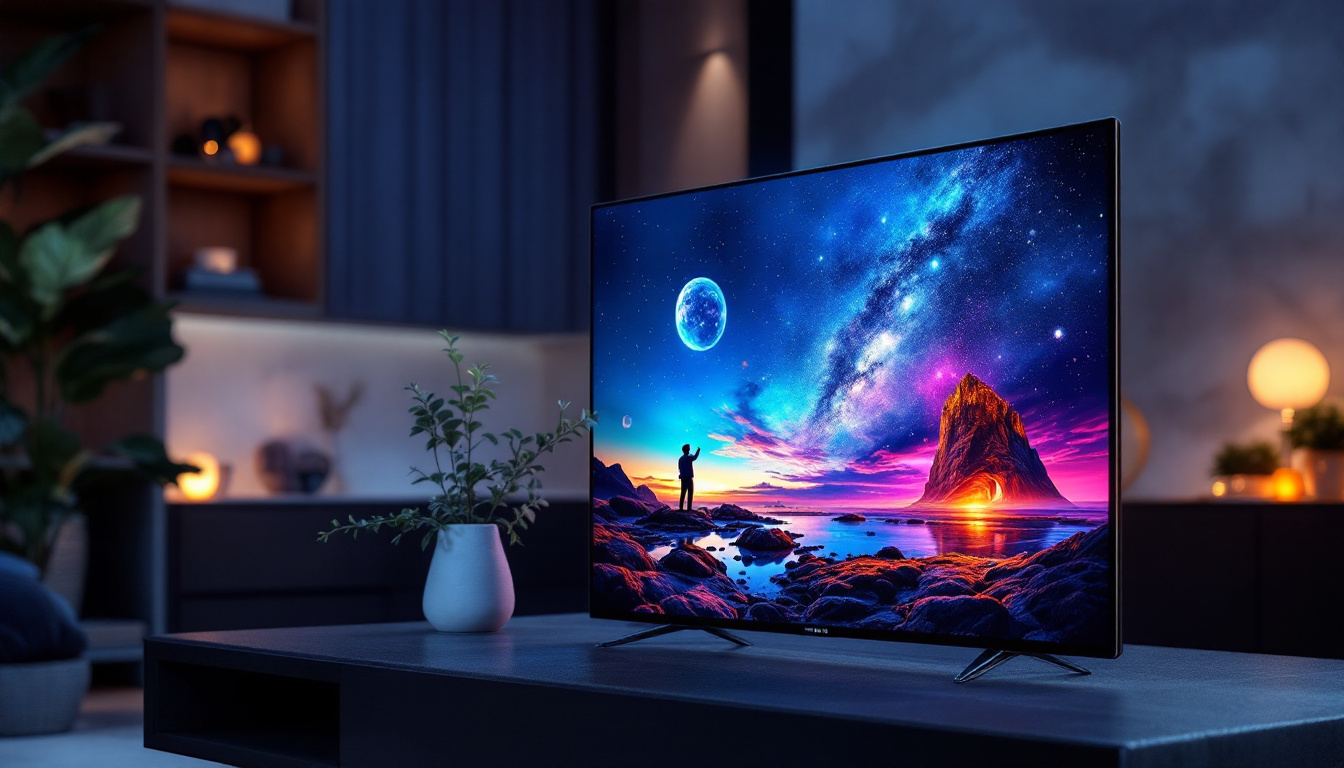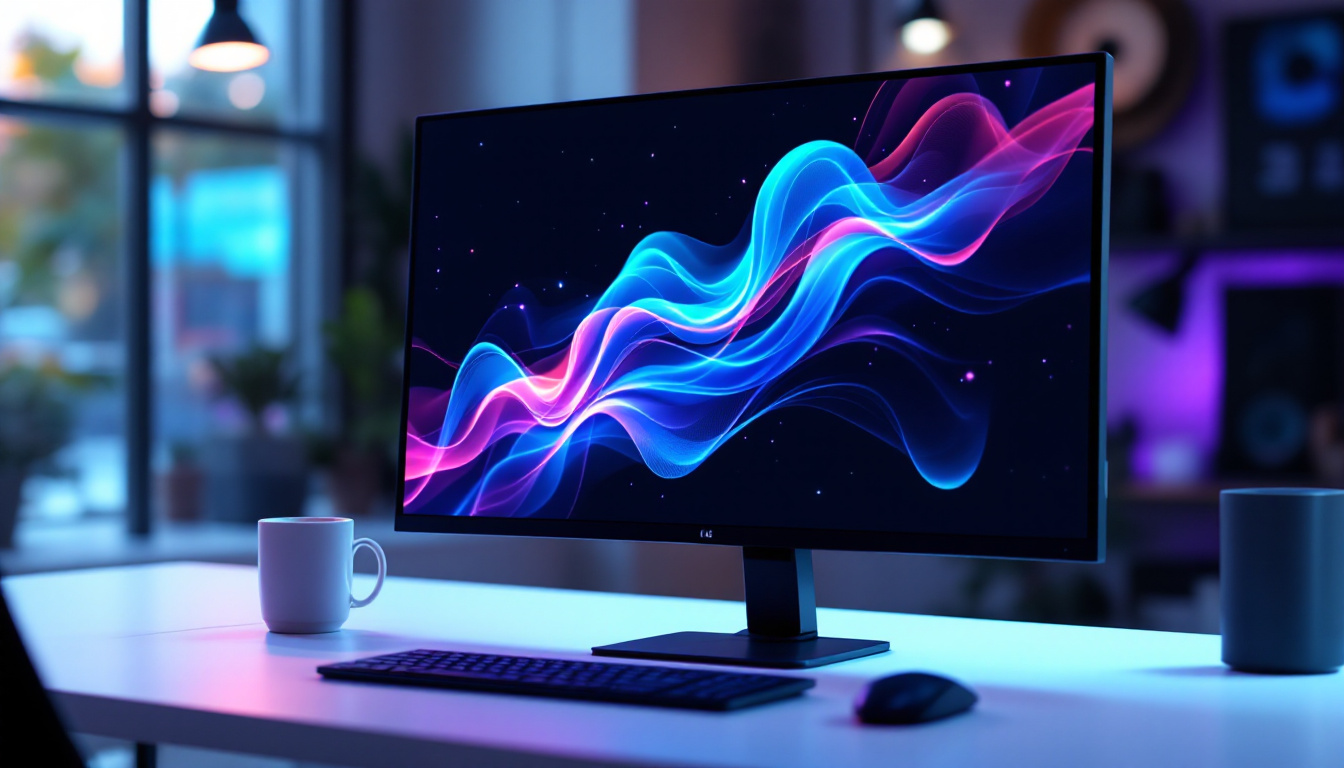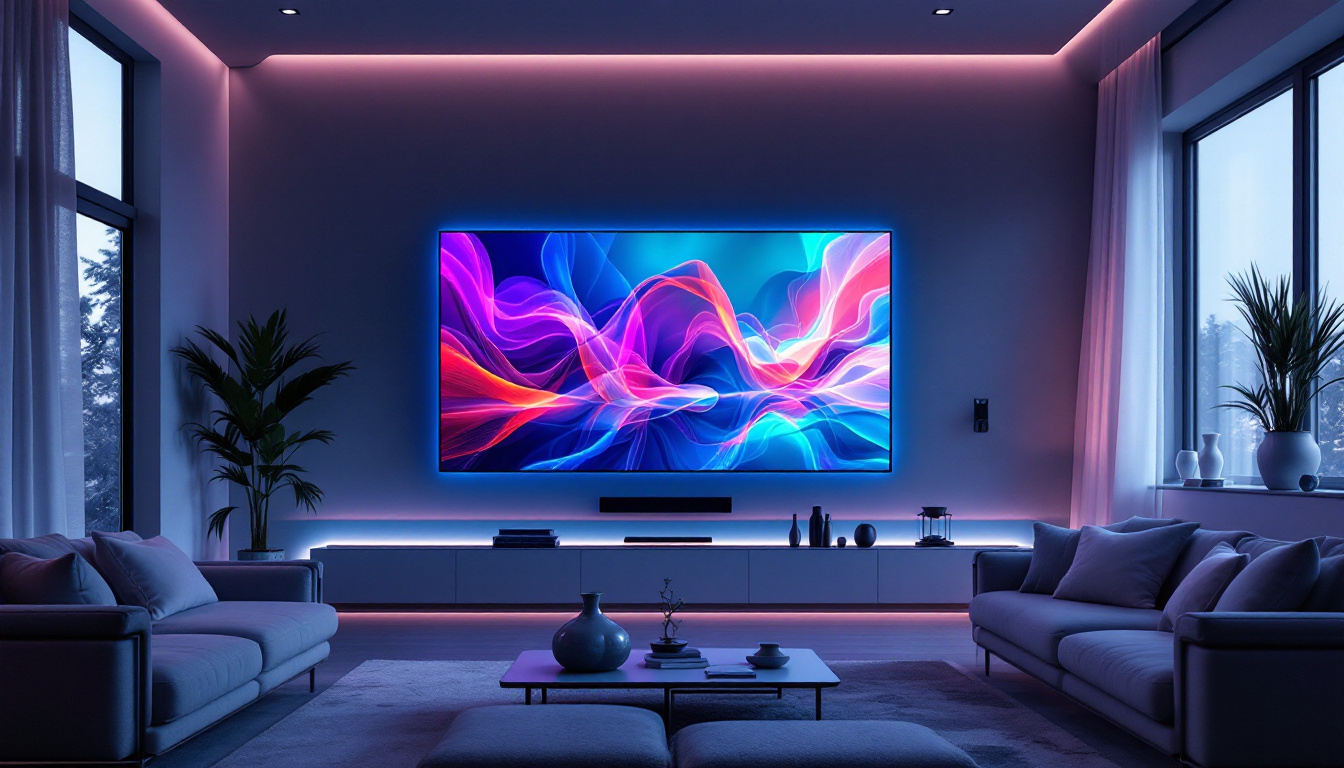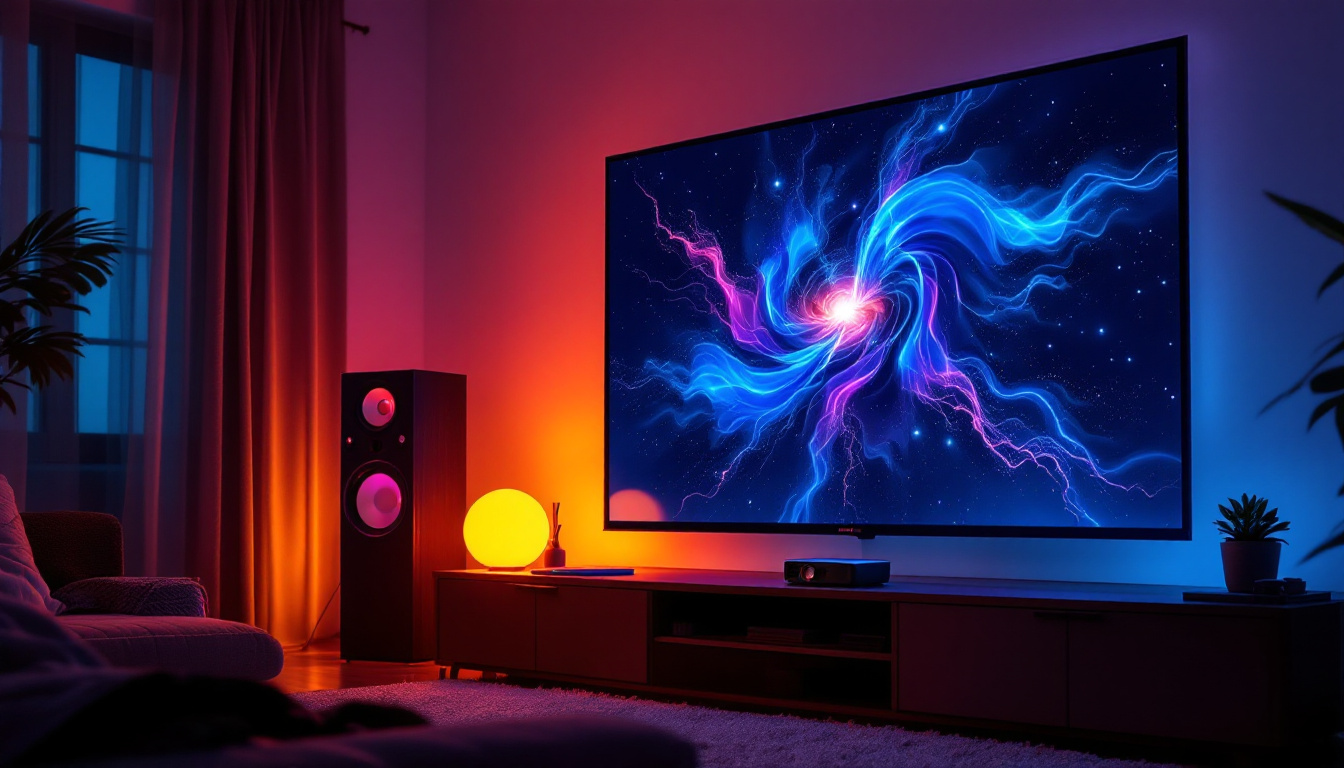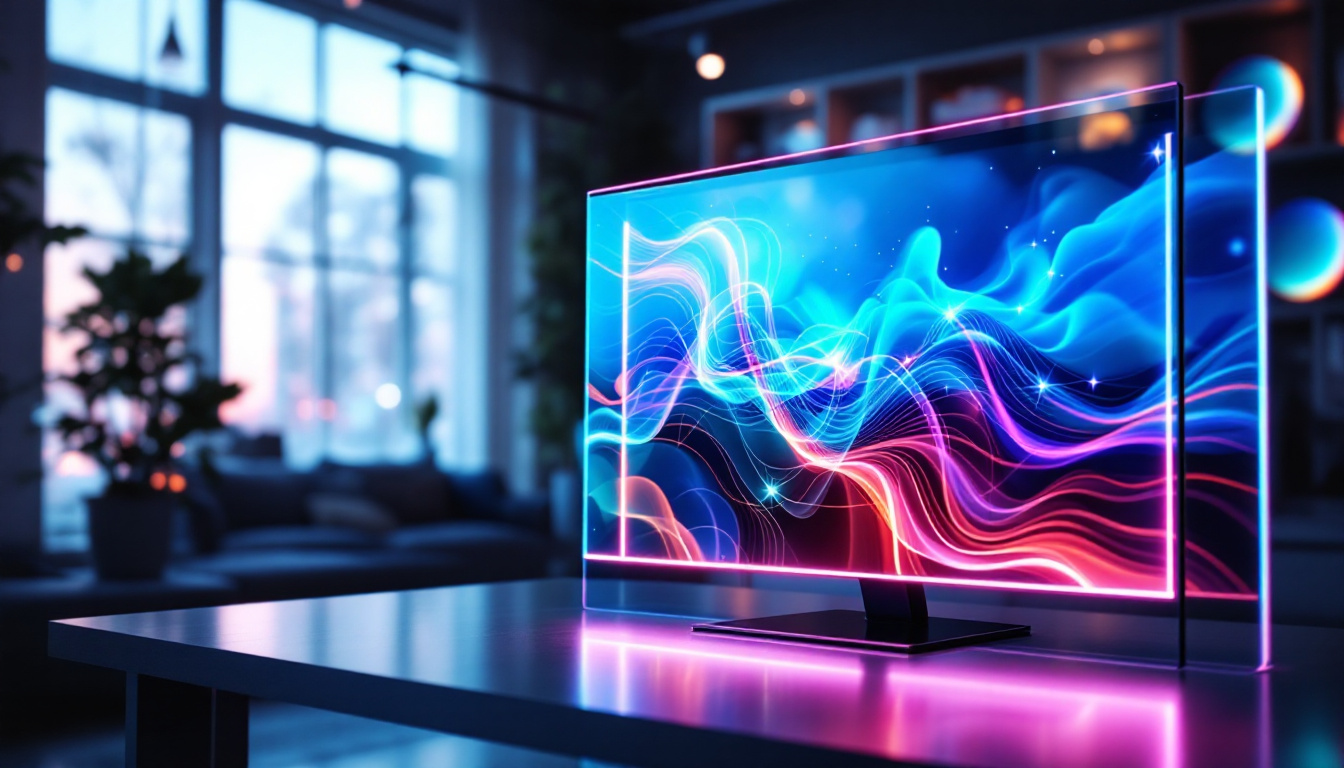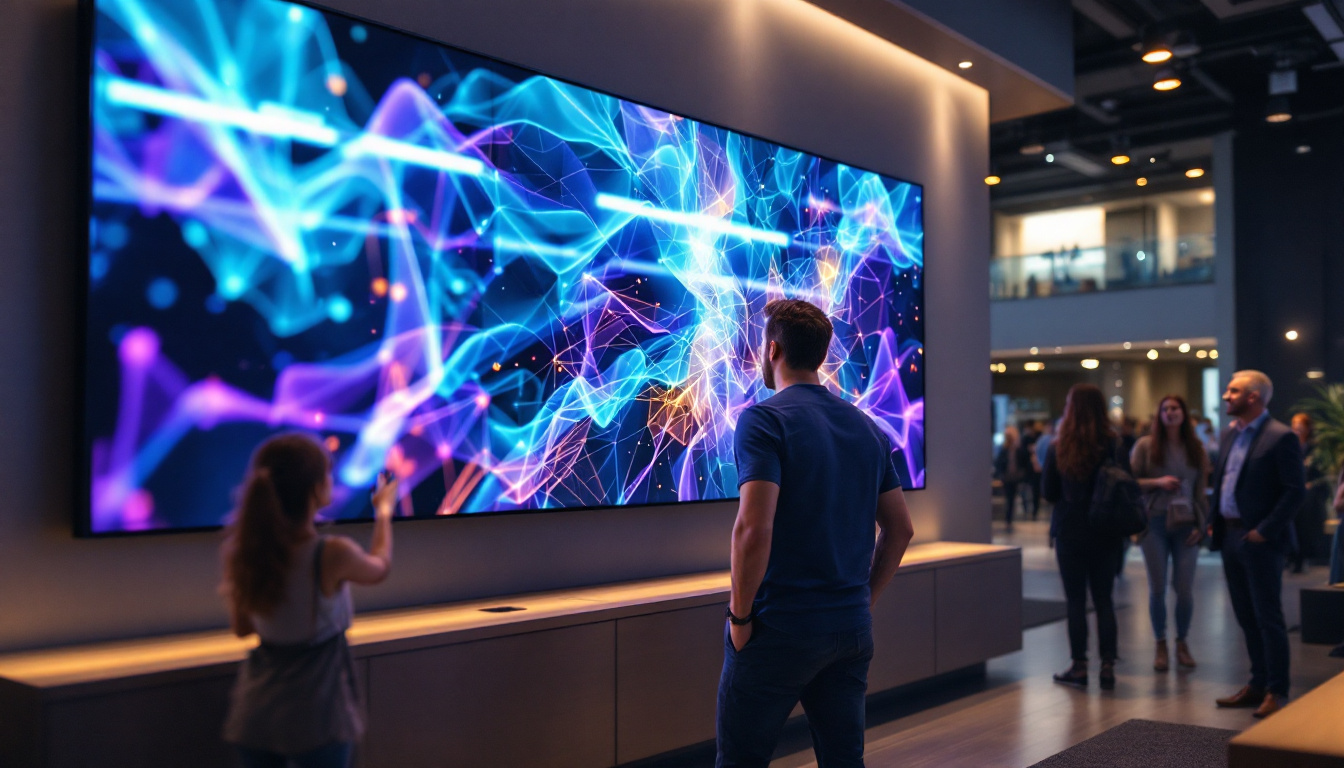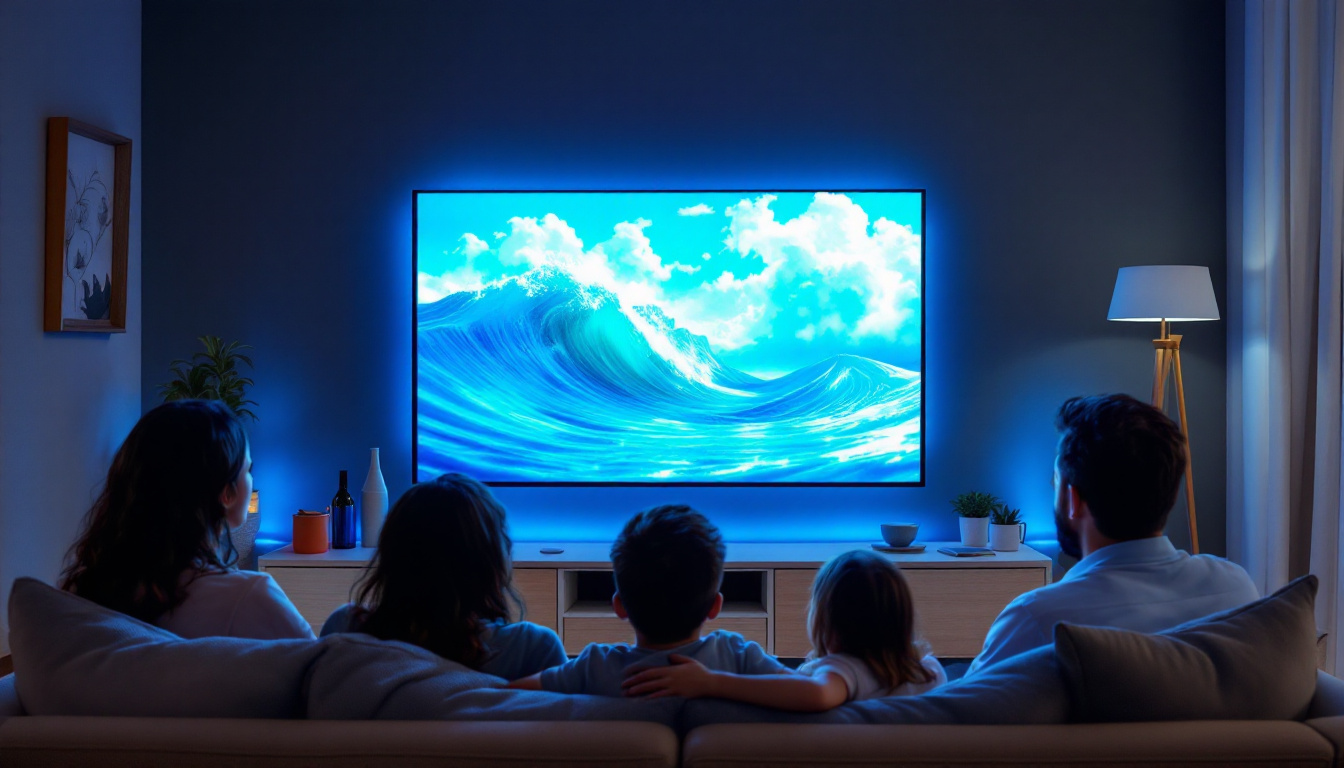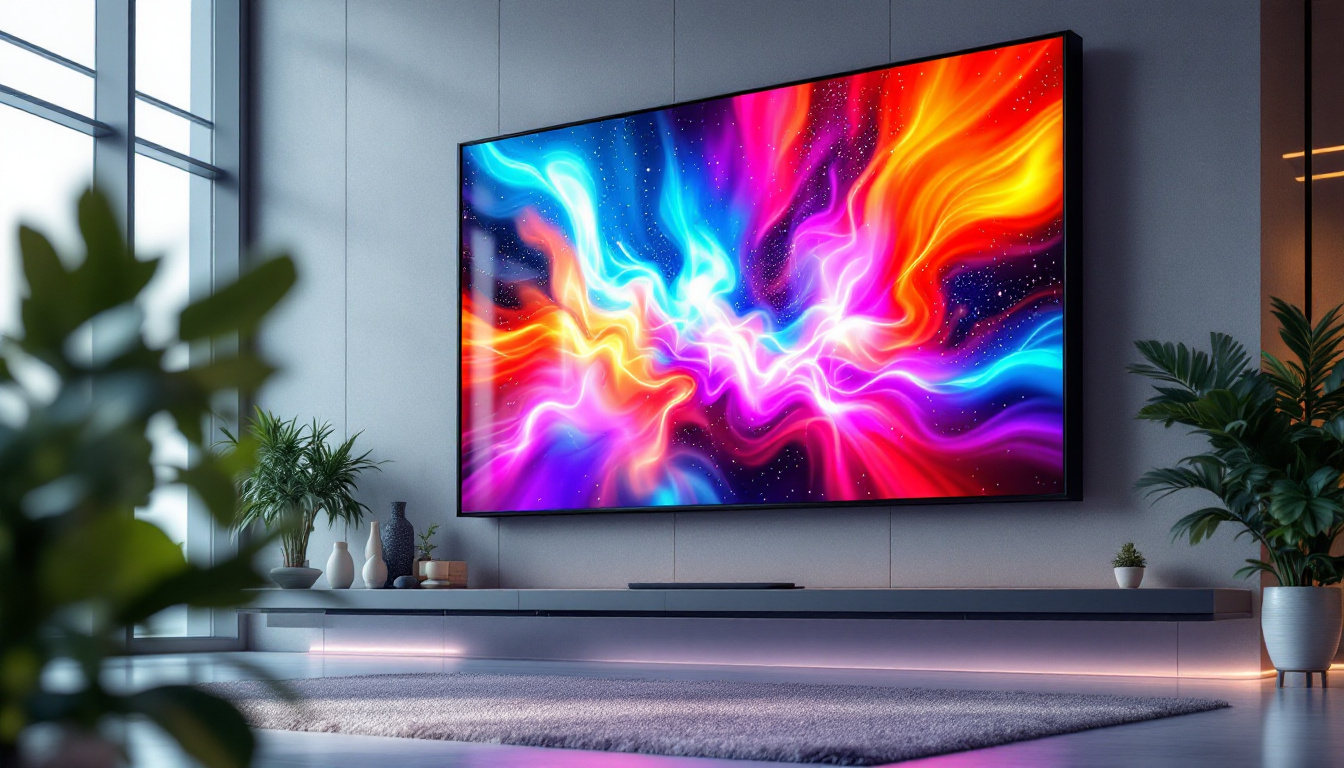Portable Touch Screen TV: LED Display Explained
In today’s fast-paced world, the demand for portable technology has surged dramatically. Among the most sought-after devices are portable touch screen TVs, which combine the convenience of mobility with the functionality of a traditional television. This article delves into the intricacies of LED displays, the technology behind portable touch screen TVs, and their various applications.
Understanding LED Technology
Light Emitting Diode (LED) technology has revolutionized the way displays are designed and utilized. Unlike traditional LCDs that rely on fluorescent backlighting, LED displays use semiconductor technology to produce light, resulting in brighter, more vibrant images. This shift not only enhances visual quality but also allows for thinner and lighter designs, making LED displays a preferred choice for modern electronics.
How LED Displays Work
LED displays consist of numerous tiny diodes that emit light when an electric current passes through them. These diodes can be arranged in various configurations, allowing for different display sizes and resolutions. The primary advantage of LED technology is its ability to produce a wider color gamut and deeper contrast ratios compared to older display technologies. This means that colors appear more accurate and lifelike, which is particularly beneficial for applications such as graphic design, photography, and gaming.
Furthermore, LED displays are energy-efficient, consuming less power while delivering superior performance. This efficiency makes them particularly suitable for portable devices, where battery life is a critical consideration. The longevity of LED technology also contributes to its appeal; many LED displays can last upwards of 50,000 hours, reducing the need for frequent replacements and minimizing electronic waste.
Types of LED Displays
There are several types of LED displays, including Direct LED, Edge-lit LED, and OLED. Each type has its unique characteristics and advantages. Direct LED displays feature backlighting behind the screen, providing uniform brightness across the entire display. Edge-lit LED displays, on the other hand, utilize LEDs positioned along the edges of the screen, allowing for thinner designs but may suffer from uneven brightness. This makes edge-lit displays ideal for applications where space is limited, such as in ultra-slim televisions and monitors.
OLED (Organic Light Emitting Diode) is another technology that has gained popularity. Unlike traditional LED displays, OLED screens emit their light, resulting in deeper blacks and more vibrant colors. The ability of OLEDs to turn off individual pixels allows for true black levels, which enhances the overall viewing experience, especially in dark environments. However, OLEDs can be more expensive and may not be as durable as their LED counterparts. Additionally, concerns about burn-in—where static images can leave a permanent mark on the screen—have led manufacturers to develop new technologies to mitigate this issue, making OLED a continually evolving field in display technology.
Portable Touch Screen TVs: Features and Benefits
Portable touch screen TVs have emerged as a popular choice for consumers seeking flexibility in their viewing experience. These devices not only offer the traditional television viewing experience but also incorporate touch technology, enhancing interactivity and usability.
Interactivity and User Experience
The integration of touch technology allows users to interact with the display in a more intuitive manner. This feature is particularly beneficial for applications such as gaming, where quick responses and tactile feedback can significantly enhance the experience. Additionally, touch screens facilitate easy navigation through menus and applications, making it simpler for users to access their favorite content.
Moreover, the touch functionality can be advantageous in educational settings, where interactive learning can be fostered through engaging multimedia presentations. This versatility makes portable touch screen TVs an ideal choice for both entertainment and educational purposes. In classrooms, for instance, teachers can use these devices to display interactive lessons, allowing students to participate directly by touching the screen to answer questions or manipulate visual aids. This hands-on approach not only keeps students engaged but also caters to different learning styles, making education more accessible and enjoyable for everyone.
Portability and Convenience
One of the standout features of portable touch screen TVs is their mobility. These devices are designed to be lightweight and compact, making them easy to carry and set up in various locations. Whether it’s for a family movie night in the backyard, a camping trip, or a business presentation, the convenience of a portable touch screen TV cannot be overstated.
Additionally, many models come equipped with built-in batteries, enabling users to enjoy their favorite shows and movies without being tethered to a power source. This feature is particularly useful for outdoor activities or during power outages, ensuring entertainment is always within reach. Furthermore, the versatility of these TVs extends to their connectivity options, as many models support Wi-Fi and Bluetooth, allowing users to stream content directly from their devices or connect to external speakers for enhanced audio quality. This adaptability makes portable touch screen TVs not just a source of entertainment, but a multifunctional tool that can enrich various aspects of life, from leisure activities to professional engagements.
Applications of Portable Touch Screen TVs
The versatility of portable touch screen TVs allows them to be utilized in a variety of settings. From personal entertainment to professional presentations, these devices cater to a wide range of needs.
Home Entertainment
For home entertainment, portable touch screen TVs provide an excellent solution for families looking to enjoy movies, shows, or gaming without being confined to a single room. With streaming services becoming increasingly popular, these devices can easily connect to Wi-Fi networks, allowing users to access a plethora of content from the comfort of their couch or even outdoors.
Moreover, many portable models support screen mirroring, enabling users to display content from their smartphones or tablets directly onto the TV. This feature enhances the viewing experience, making it easy to share videos, photos, or presentations with friends and family.
Business and Professional Use
In the business world, portable touch screen TVs have become invaluable tools for presentations and meetings. Their interactive capabilities allow presenters to engage their audience more effectively, making it easier to convey complex information. Additionally, the mobility of these devices means that they can be used in various settings, from conference rooms to on-site client meetings.
Furthermore, the ability to connect to laptops and other devices enhances their functionality, allowing for seamless integration into existing workflows. This adaptability makes portable touch screen TVs a worthwhile investment for professionals in various fields.
Education and Training
In educational settings, portable touch screen TVs can transform traditional teaching methods. Educators can use these devices to create interactive lessons that capture students’ attention and foster engagement. The touch functionality allows for collaborative learning experiences, where multiple students can interact with the display simultaneously.
Moreover, these devices can be used for training purposes in corporate environments. Interactive training sessions can be conducted using portable touch screen TVs, allowing employees to participate actively and retain information more effectively.
Choosing the Right Portable Touch Screen TV
With a plethora of options available in the market, selecting the right portable touch screen TV can be a daunting task. Several factors should be considered to ensure that the chosen device meets the user’s needs.
Screen Size and Resolution
The screen size and resolution are crucial factors to consider when purchasing a portable touch screen TV. Larger screens provide a more immersive viewing experience, while higher resolutions, such as Full HD or 4K, ensure sharper images and better color accuracy. It’s essential to strike a balance between portability and screen size, depending on the intended use.
For instance, a smaller screen may be more convenient for travel, while a larger screen may be preferable for home use. Understanding the primary purpose of the device can help narrow down the options.
Battery Life and Connectivity
Battery life is another critical consideration, especially for users who plan to use the device in locations without easy access to power outlets. A portable touch screen TV with a long-lasting battery will provide uninterrupted viewing experiences, making it ideal for outdoor activities or travel.
Connectivity options also play a significant role in the usability of the device. Look for models that offer multiple connectivity options, such as HDMI, USB, and wireless capabilities. This versatility ensures compatibility with various devices, enhancing the overall user experience.
Future Trends in Portable Touch Screen TVs
The future of portable touch screen TVs looks promising, with advancements in technology paving the way for even more innovative features. As consumer preferences evolve, manufacturers are continually seeking to enhance the functionality and performance of these devices.
Enhanced Display Technologies
Future portable touch screen TVs are likely to incorporate advanced display technologies, such as MicroLED and improved OLED panels. These technologies promise to deliver even better color accuracy, contrast ratios, and energy efficiency, further enhancing the viewing experience.
Additionally, developments in flexible display technology may lead to foldable or rollable screens, offering unprecedented portability without compromising on screen size or quality.
Smart Features and Integration
As smart technology continues to integrate into everyday devices, portable touch screen TVs will likely feature enhanced smart capabilities. This may include built-in virtual assistants, voice control, and seamless integration with smart home ecosystems.
Such features would allow users to control their devices effortlessly, access content through voice commands, and even manage other smart devices from their portable TV.
Conclusion
Portable touch screen TVs represent a significant advancement in the way consumers interact with media. With their combination of LED display technology, interactivity, and portability, they offer a versatile solution for a variety of applications, from home entertainment to professional use.
As technology continues to evolve, these devices will become even more sophisticated, catering to the growing demands of users. Whether for leisure or work, the future of portable touch screen TVs is bright, promising an exciting array of features and functionalities that will enhance the viewing experience for everyone.
Explore Cutting-Edge Portable LED Displays with LumenMatrix
Ready to elevate your visual experience with the latest in portable touch screen TV technology? Look no further than LumenMatrix, a pioneer in crafting immersive LED display modules that bring your content to life. Whether you’re enhancing your home entertainment, making an impact in professional settings, or transforming educational environments, LumenMatrix offers a comprehensive range of solutions, including Indoor and Outdoor LED Wall Displays, Vehicle LED Displays, and more. Embrace the future of visual communication and check out LumenMatrix LED Display Solutions to discover how you can make a lasting impression with unparalleled clarity and engagement.

